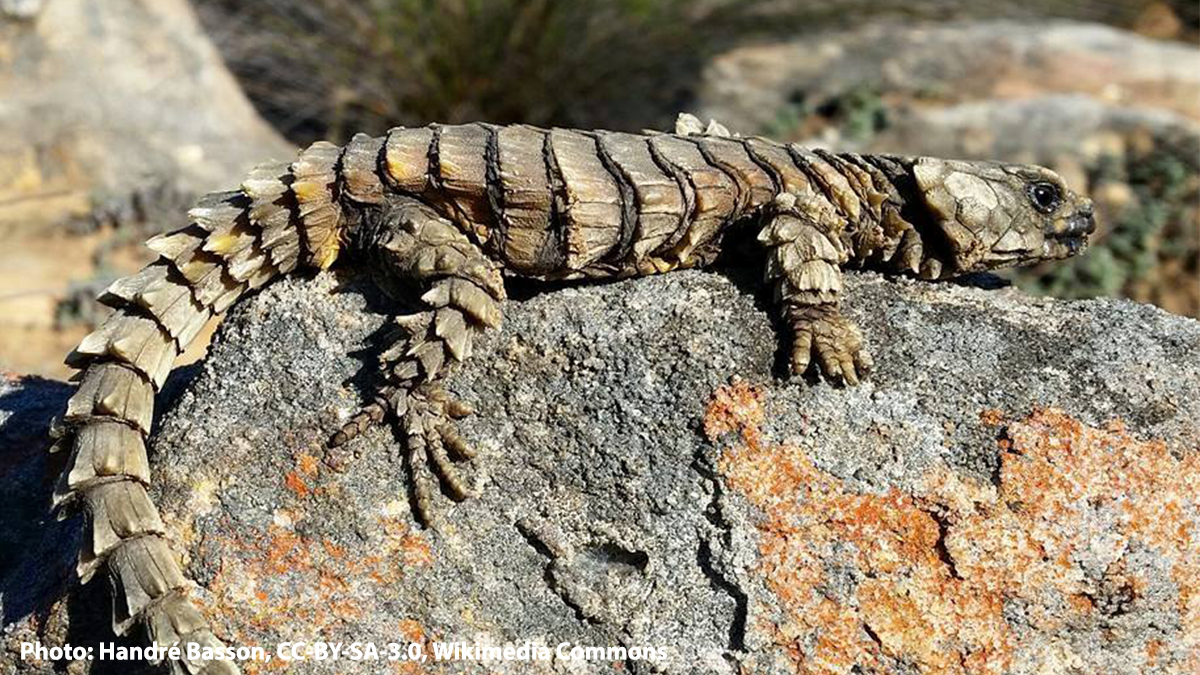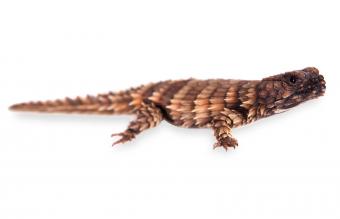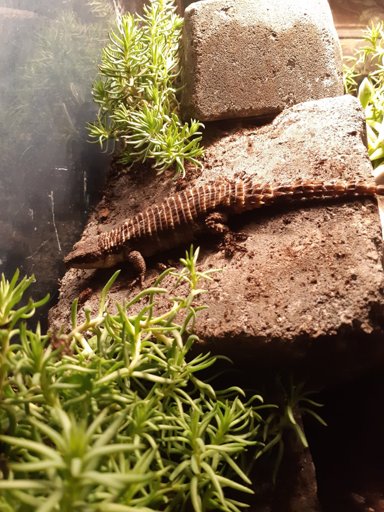

You will also need to coat them with a calcium supplement to prevent your pet from developing a dangerous bone condition called Metabolic Bone Disease (MBD). You will need to gut load the insects by providing them plenty of food before feeding them to your reptile. It will also eat termites, spiders, millipedes, super worms, and even pinky mice. We found crickets to be the best, and you can even breed crickets if you have an outside shed or garage that you can use to house them. Your Armadillo Lizard will eat primarily insects, as it does in its natural environment. Since most other reptiles have unique lighting, temperature, and humidity needs trying to house another species in the same tank is usually more trouble than it’s worth. It will usually allow a female into the tank but is territorial against other male Armadillo Lizards. Do Armadillo Lizards Get Along with Other Pets?Īrmadillo Lizards prefer to live a solitary life, and though they are often friendly during visits with their humans, they likely won’t enjoy any company in their tank unless it’s during mating season. Most owners recommend using special ultraviolet bulbs to provide this essential nutrient and replacing them frequently because they usually stop producing ultraviolet light long before it burns out. If you keep your reptile indoors, it will be missing out on important ultraviolet light that it needs to stay healthy. You can easily achieve this by using the correct lighting, which you will need anyway. The basking area, where your pet will spend much of its time, will need to reach 115 – 130 degrees. Armadillo Lizards prefer daytime temperatures to hover between 80 – 90 degrees and nighttime temperatures between 65 – 70 degrees for optimal health and happiness. Temperature, Humidity, and LightingĪrmadillo Lizards require a warm environment with low humidity, so you won’t need to worry about humidity or hygrometers, but you will need to keep the temperature up, which will naturally reduce humidity. Use plenty of flat rocks to create lounging areas above and below, and use a reptile carpet substrate for best results. It lives in a rocky environment, so you will want to create a similar environment in the tank.

It’s not very active, so it doesn’t need too much space for roaming around. Most Armadillo Lizards do quite well in an ordinary 30-gallon aquarium.

Your Armadillo Lizard is relatively easy to take care of, especially in comparison to many other reptile species.
#Where to get an armadillo lizard how to
How to Take Care of Armadillo Lizards Habitat, Tank Conditions & Setup It’s not very colorful, but it features a black pattern on its belly that extends to color the bottom part of the jaw, and the head and body are flat, so they can fit between rocks. You can also find these osteoderms on other reptiles, like crocodiles, alligators, and turtles. Appearance & VarietiesĪrmadillo lizards have heavily armored bodies and scales called osteoderms. It has a powerful bite but rarely uses it in captivity. It spends most of its time basking in the sun or hiding between rocks and is not very active. Picking one up can make it feel like a bird of prey is attacking it, and it will curl up into a ball and scurry away when you put it down. Your Armadillo Lizard prefers a solitary life but is quite friendly around people and usually doesn’t run and hide unless it feels threatened, but unlike many other reptile species, it doesn’t like when you pick it up. You can even breed pets food to reduce costs further. However, once you purchase your pet and a few supplies, there will be very little to purchase, and your yearly cost is quite low. Some specialized breeds created for size or color will likely increase the cost of purchase. How Much Do Armadillo Lizards Cost?Īrmadillos vary considerably in cost depending on where you get them, but you should expect to pay between $35 and $150 for yours, with most costing around $100 by the time you pay for the taxes shipping. Since this desert animal likes to roll up into a ball to protect itself from predators, it gets its name from the South American Armadillo that does the same. It can bask for many hours in the hot African sun, and its tiny spines cause it to resemble a dragon. It’s usually three to four inches long, but some may grow as long as eight. It varies from light to dark brown with a yellow underbelly with a black pattern. The Armadillo Lizard can also be called an Armadillo Girdled Lizard, Golden Armadillo Lizard, or the Armadillo Spiny Tailed Lizard.


 0 kommentar(er)
0 kommentar(er)
